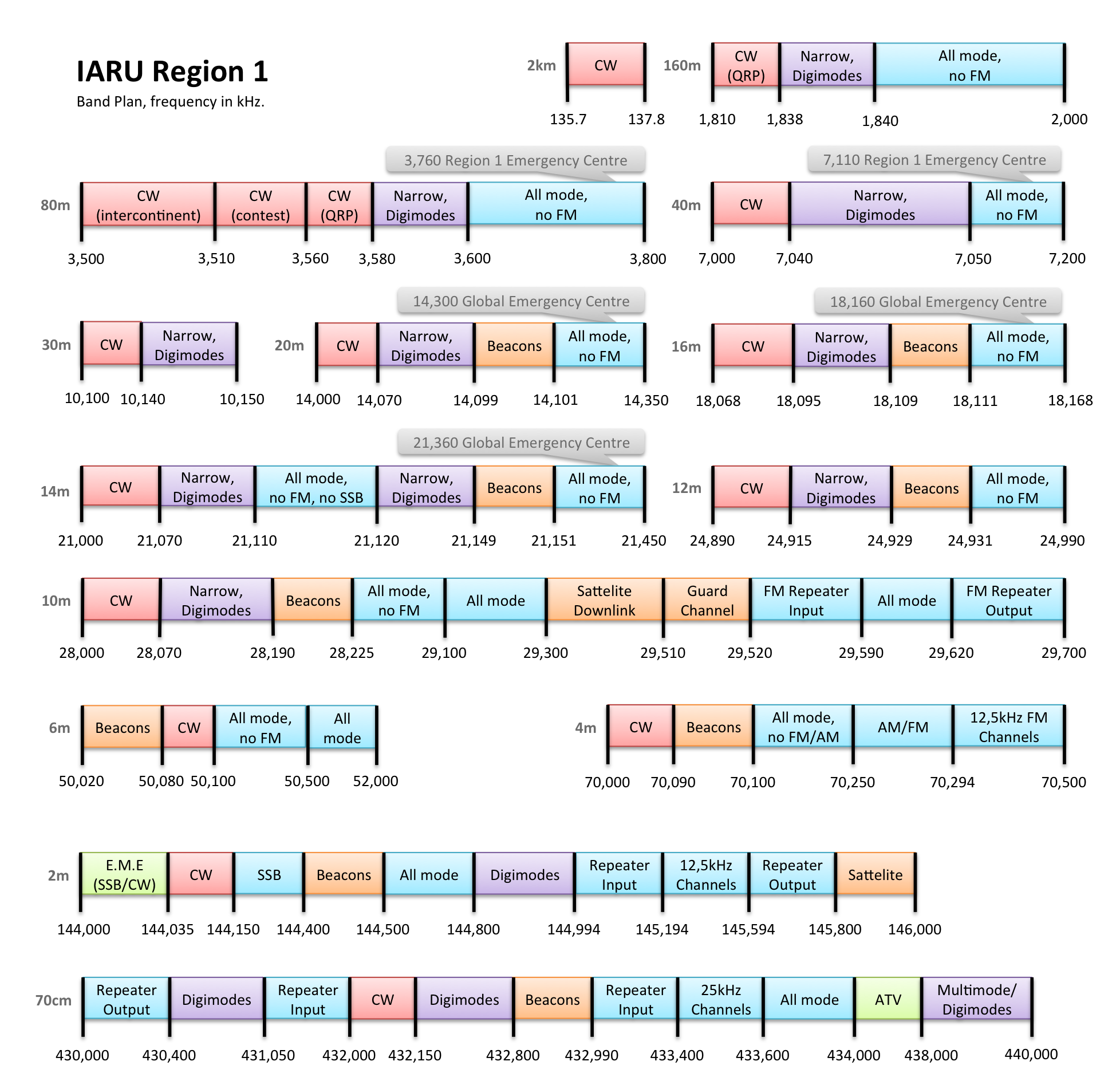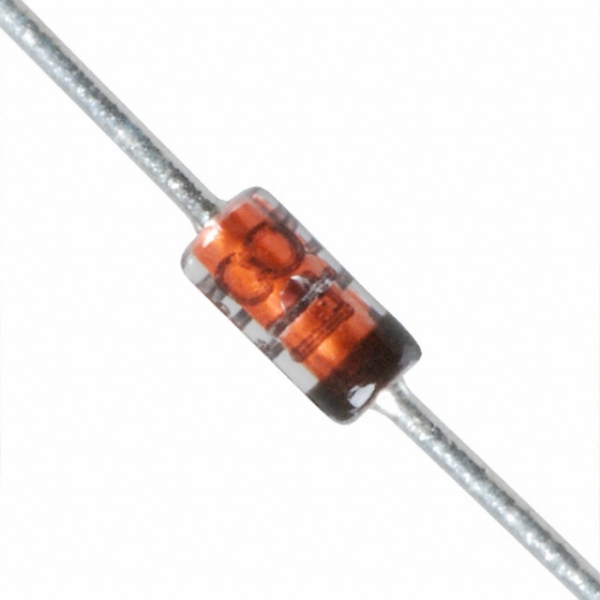 For a recent experiment I was using BA389 PIN diodes to switch low power RF signals. I was asked why I didn’t use an ordinary 1N4148 for that. Since I didn’t know what an 1N4148 would do when used like that, and I also didn’t really know what a BA389 actually does, I decided to do some measurements.
For a recent experiment I was using BA389 PIN diodes to switch low power RF signals. I was asked why I didn’t use an ordinary 1N4148 for that. Since I didn’t know what an 1N4148 would do when used like that, and I also didn’t really know what a BA389 actually does, I decided to do some measurements.
Tag: hamradio
Interdigital Bandpass for RTL2832U Receiver
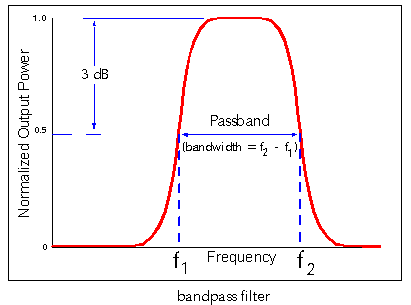 Building a receiver for a voice repeater system in this area I set up a thumbsat receiver connected to a Raspberry Pi. The receiver is part of the repeater system to widen it’s receiving range. However, the performance turned out not to be too optimal. I guessed that the GSM and Wifi signals around here could cause the RTL2832U to overload, so I decided to build an intedigital bandpassfilter using Ajarn Changpuak‘s excelent interdigital bandpass filter calculator.
Building a receiver for a voice repeater system in this area I set up a thumbsat receiver connected to a Raspberry Pi. The receiver is part of the repeater system to widen it’s receiving range. However, the performance turned out not to be too optimal. I guessed that the GSM and Wifi signals around here could cause the RTL2832U to overload, so I decided to build an intedigital bandpassfilter using Ajarn Changpuak‘s excelent interdigital bandpass filter calculator.
Mattermost Delete Channel “fixed”
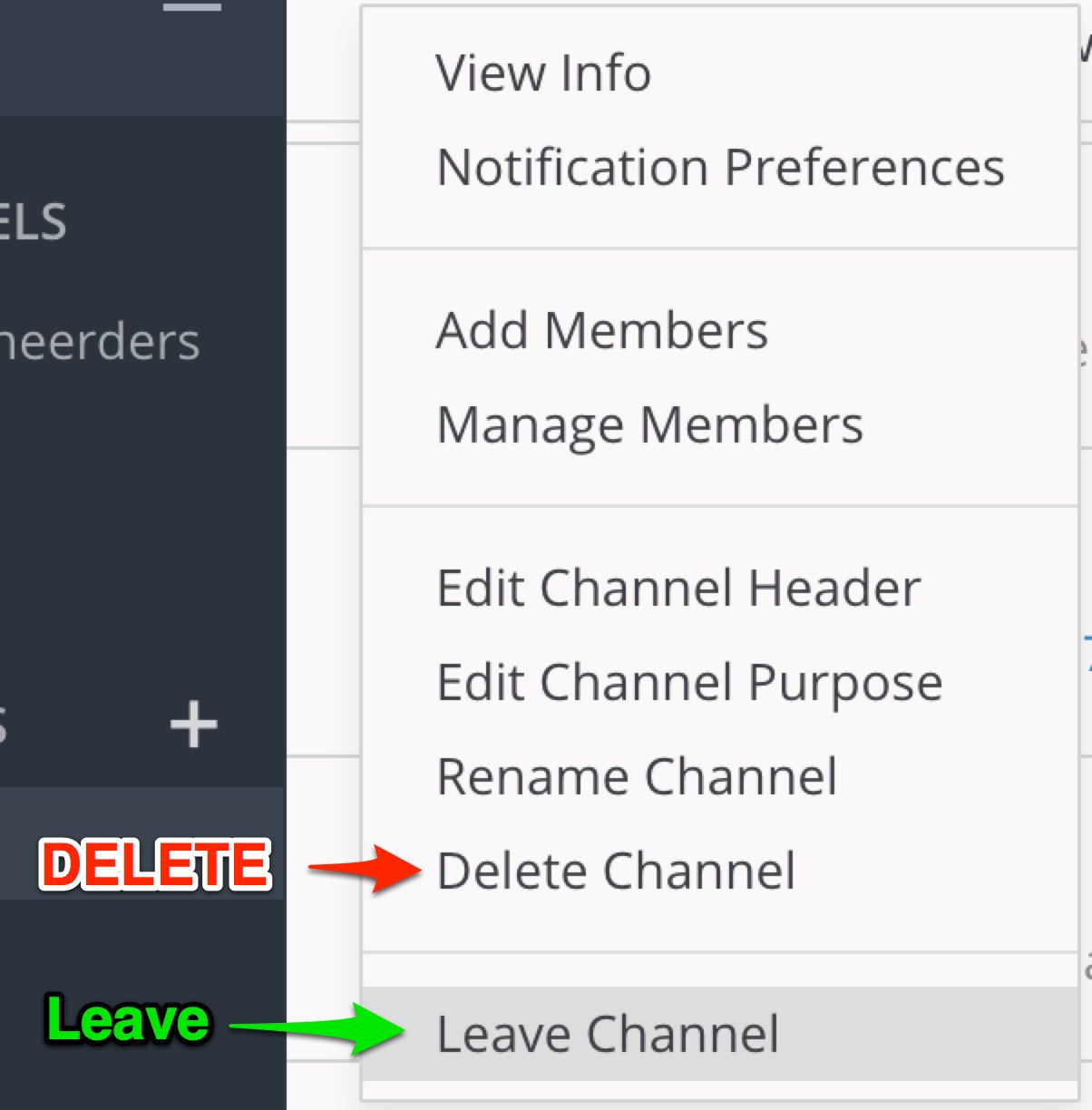 Users of Mattermost have probably noticed the less-than-optimal interface design where de Delete option is right above the Leave option in the Channel menu. On a busy server, you can imagine having quite a few incidents where people accidentally completely delete a channel.
Users of Mattermost have probably noticed the less-than-optimal interface design where de Delete option is right above the Leave option in the Channel menu. On a busy server, you can imagine having quite a few incidents where people accidentally completely delete a channel.
In the Open Source version of Mattermost, everybody van do anything, because there is no sensible security model with roles. Mattermost Inc. seems to think that the Open Source community is not entitled to roles, which I (and others with me) strongly disagree with.
Forking Mattermost, learning Golang and enabeling security, improving a few other issues for the open source community along the way is a plan. But there is a simpler workaround for people running Mattermost inside Nginx.
Seeed ESP8266 WiFi Breakout Board Pinout
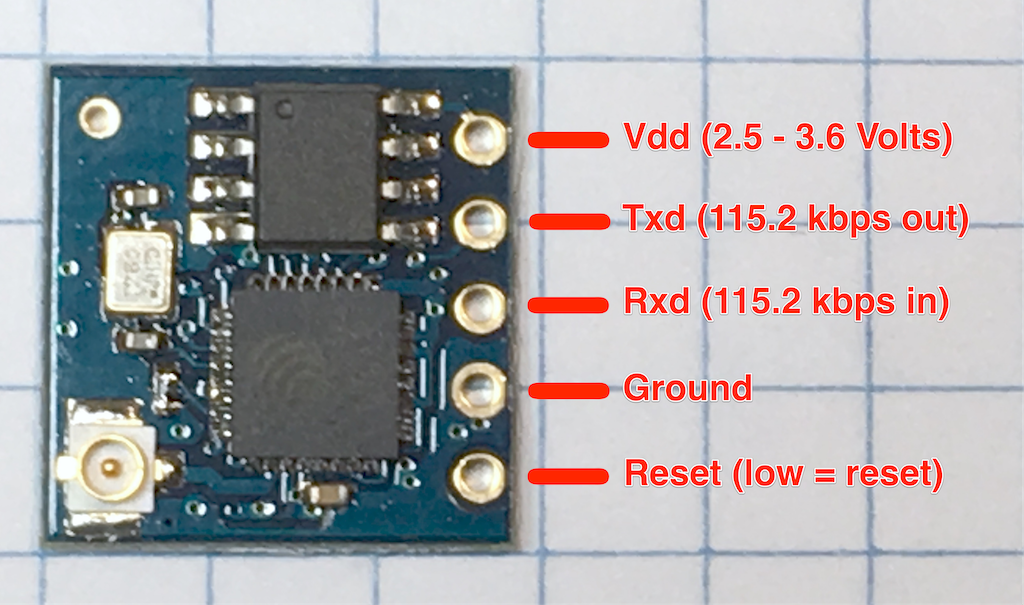
This is the pinout for the Seeed WiFi ESP8266 breakout board. Please be careful, it only accepts 3.3 Volt nominal input voltage and logic. Putting 5 Volts on any of the pins may permanently damage the chip.
The ESP8266 on this board is programmed to do serial communications at 115.2 kilobaud, and accepts AT commands.
Designing a Fox-hunt antenna
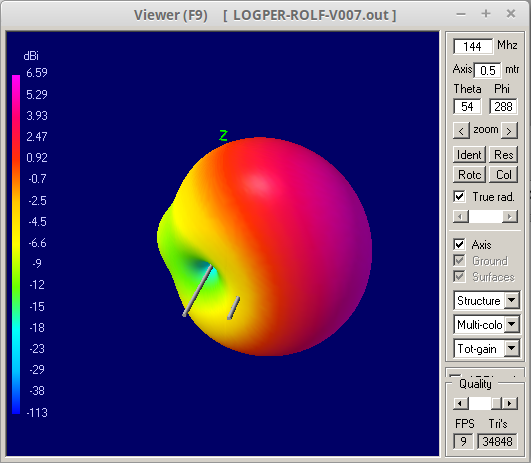 Many years ago, I used to do some radio fox hunting with cars. Usually these hunts are at night to make it more exciting, and can be great fun. As I got older I lost interest and moved on to other things. But last year, I decided to have a go at a popular balloon fox hunt on 144MHz. This is quite a large scale and professionally organized fox hunt by Dutch Radio Amateurs.
Many years ago, I used to do some radio fox hunting with cars. Usually these hunts are at night to make it more exciting, and can be great fun. As I got older I lost interest and moved on to other things. But last year, I decided to have a go at a popular balloon fox hunt on 144MHz. This is quite a large scale and professionally organized fox hunt by Dutch Radio Amateurs.
Measuring Coax Length and Loss
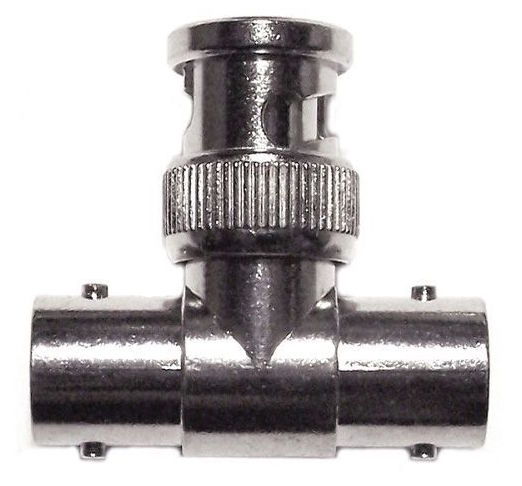 Ever wondered how well your 50Ω coaxial cable is working? If you have a reasonably fast oscilloscope, preferably up to 100MHz and a signal generator which can generate short bursts, you can measure not only the length of your cable, but also the return loss at a certain frequency. From that, we can learn the attenuation of the cable.
Ever wondered how well your 50Ω coaxial cable is working? If you have a reasonably fast oscilloscope, preferably up to 100MHz and a signal generator which can generate short bursts, you can measure not only the length of your cable, but also the return loss at a certain frequency. From that, we can learn the attenuation of the cable.
This blog post describes the classic time domain reflection measurement using the following setup:
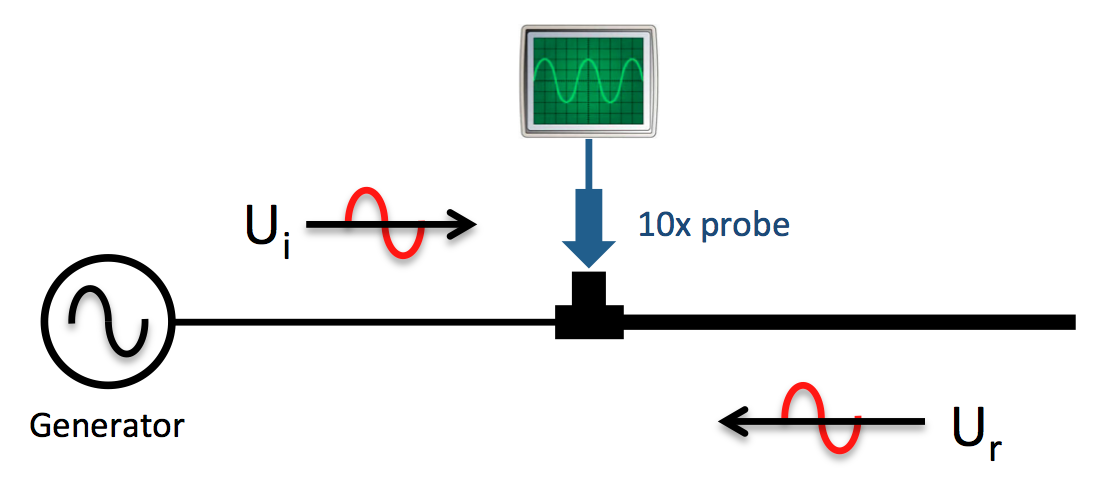
Better modulation for the Baofeng UV-5RA
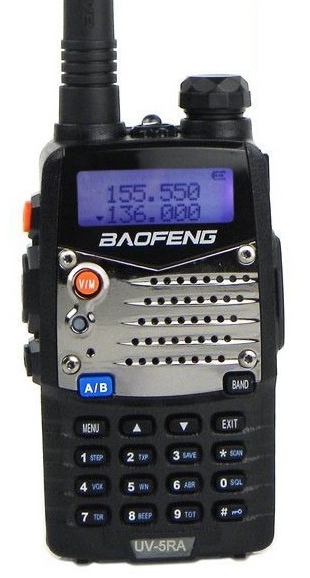 Undoubtedly the Baofeng UV-5Rx delivers a lot of radio for your buck. However some models in the range have a bad reputation for the transmitted audio sounding soft and muffled.
Undoubtedly the Baofeng UV-5Rx delivers a lot of radio for your buck. However some models in the range have a bad reputation for the transmitted audio sounding soft and muffled.
In 2013, Remco PA3FYM obtained the schematics of the radio and devised a modification where transistor Q17 of the VOX is re-purposed as preamplifier in the microphone audio circuit. It works wonders for your radio. For people needing a bit more visual guidance, below is a walktrough of how I did this to my Baofeng UV-5RA.
IARU Region 1 Bandplan up to 500MHz
For some reason I have trouble finding a document which lists the complete IARU Region 1 Band Plans. To end my “can I transmit here” quests, I’ve combined the information from several resources into a usable graphical representation of all Amateur Radio bands and modes up to 500MHz. I’ve not listed bands above 500MHz, please post links to those in the comments if you have them.
Exact use of a frequency may differ in your local region, so always listen first.
